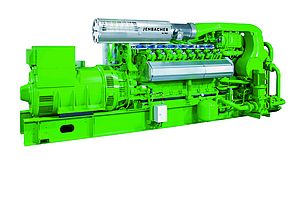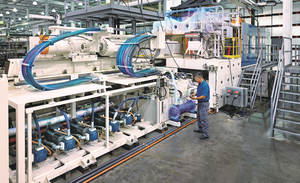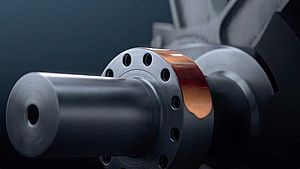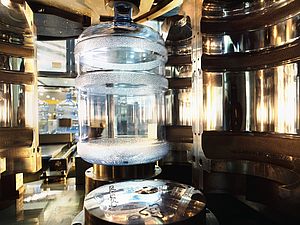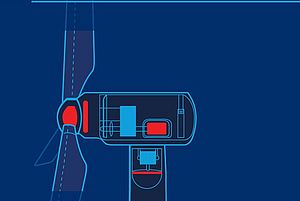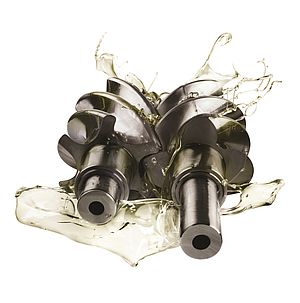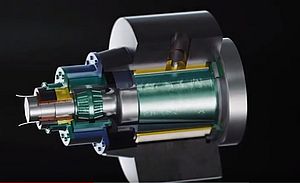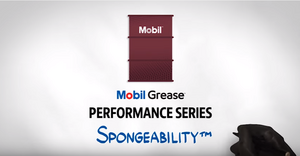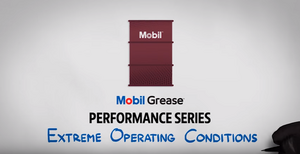Since launching its Mobil ServTM Lubricant Analysis platform in 2016, ExxonMobil has processed more than one million samples. This first-hand experience has provided unique insights, which when combined with the tens of millions samples the company analysed using previous platforms, has given ExxonMobil vast intelligence around how to interpret used oil analysis results.
The four key learnings are:
1. A single test does not always tell the full story
Receiving an alert for a single test is not necessarily indicative of an equipment performance issue. Instead, it’s important to look at all test results for the same sample together to determine what might be happening. For example, a common test for gas engines is Acid Number (AN). In the samples ExxonMobil processed, AN results did result in alerts more than 5% of the time in these applications.
But, assessing the AN result alone does not provide insight into how the gas engine is performing. Operators need to consider the significance and relevance of the test when making maintenance decisions. In terms of relative importance, consider oxidation, nitration, viscosity, wear metals and BN (Base Number) results to truly understand if the lubricant is still performing well. Relying solely on the AN result may lead to the wrong interpretation. This is why consistent monitoring of the complete analysis results trend is an effective method to understand what is happening inside the equipment.
2. Consider the trend, not the absolute test limit
A single alert doesn’t necessarily mean the lubricant is underperforming. In some cases, test limits may not always indicate a cause for concern or may not account for equipment design. Operators must look at the trend over time to understand true performance. A consistent alert over multiple sampling periods, for example, would certainly be cause for closer inspection.
For example, the test for copper wear metal appeared consistently as a top alert in the diesel engine samples tested by ExxonMobil. However, some engines have undergone significant design and component changes in recent years. The testing programme must therefore adapt to changes that may affect the limits applied to properly confirm the actual engine condition, and as a result, a single copper alert may not indicate a performance issue. Instead, operators should monitor the trend to see if the copper wear increases over time.
3. Sometimes, lubricant formulation can influence test results
When evaluating used oil analysis results, it’s important to consider the lubricant formulation as well as the metallurgy of the equipment. In some cases, components in the formulation can cause alerts for certain tests. For example, some hydraulic oils are formulated with zinc-based additives. These lubricants may cause metal wear test results – including copper tests – to seem abnormally high. In those instances, operators should take a closer look to understand if copper is actually entering the system or if components in the lubricant formulation may in fact be triggering the alert.
4. When dealing with water, perform the right test
Water contamination is a major challenge for several industrial applications, including compressors, steam turbines and paper machines, so this potential contaminant deserves its own callout.
There are two types of tests that are typically used to measure water contamination in industrial applications – Karl Fischer titration and the hot plate test. The hot plate test only signifies if water is present, but it doesn’t provide insight into how much. The Karl Fischer titration gives a quantifiable measure, providing far more insight into whether or not the lubricant is suffering from water contamination. Therefore, operators should consider the hot plate as a conditional test to decide if the more in-depth Karl Fisher analysis should be conducted to determine the actual level of contamination.
For example, more than 25% of compressor samples tested by ExxonMobil came back with hot plate alerts, but the Karl Fischer test showed alerts around 5% of the time. The implication is that water isn’t yet an issue for most of the equipment tested, and relying on the hot plate test alone may not provide an accurate picture.
To learn more about how ExxonMobil can help, visit mobilserv.mobil.com or contact your local ExxonMobil Representative.








